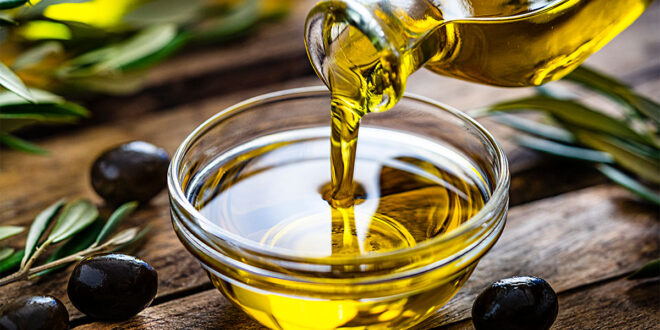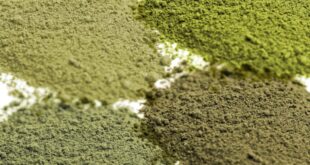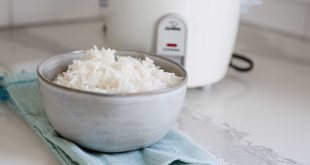Extra virgin olive oil, a cornerstone of culinary excellence and health, stands out for its rich flavor and numerous benefits. Its journey from the grove to your table is a testament to tradition and technology. Understanding this process enlightens consumers about its value, encouraging a deeper appreciation for what many consider liquid gold. This exploration aims to demystify the stages of its production, revealing the dedication behind every drop.
Cultivation and Harvesting
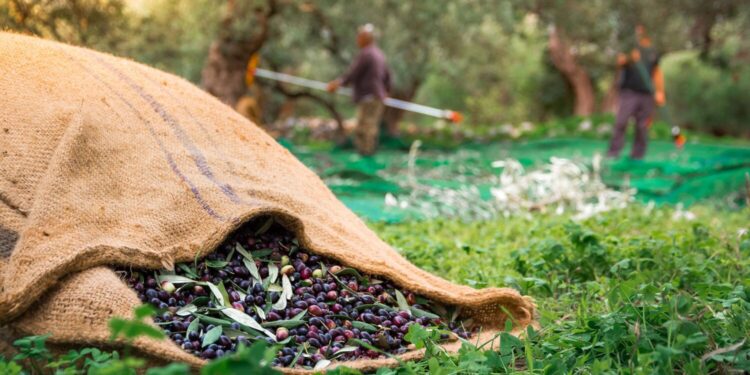
The journey begins in the olive groves, where the trees thrive under specific conditions. Favorable climates include Mediterranean environments, characterized by hot, dry summers and mild winters. Soil quality also plays a crucial role, with well-draining, nutrient-rich types preferred. When autumn arrives, the harvesting commences. Techniques vary from traditional hand-picking, which preserves the fruit’s integrity, to modern mechanical methods, designed for efficiency. The timing is critical; the fruit must reach the perfect ripeness to ensure the highest quality.
Milling and Extraction
After the harvest, olives are swiftly taken to the mill, initiating their transformation into a fragrant paste. This paste is the foundation for extraction. In times past, stone presses did the work, a technique that, while demanding great effort, is revered for its ability to yield an oil unmatched in quality. These days, centrifugation has taken the lead, offering unmatched precision that maintains the oil’s inherent flavors and vital nutrients. Throughout this process, temperature control is critical. Keeping the temperature low prevents the loss of aromatic compounds and ensures that the oil’s chemical structure remains intact. This meticulous attention to temperature helps preserve the integrity of the oil, making it a prime choice for those looking to buy extra virgin olive oil that is truly superior.
Filtration and Storage
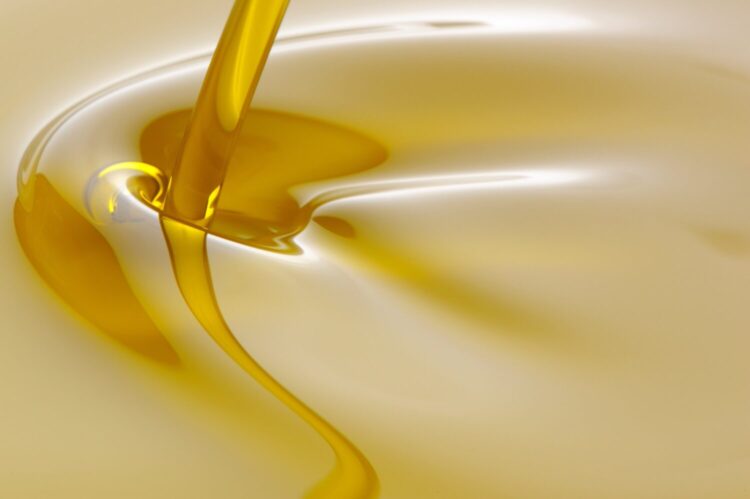
Once extracted, the oil might be filtered, a step that purifies it by eliminating remaining solids and impurities, thus improving its clarity and stability. This clarity is not just cosmetic; it plays a significant role in the oil’s shelf life and flavor profile. Equally important is how the oil is stored. The conditions must be meticulously controlled to shield the oil from oxidation and rancidity, enemies of freshness and flavor. Temperature-controlled environments, devoid of light, are ideal. This careful management extends to the choice of storage containers. Stainless steel tanks offer a fortress against light and air, preserving the oil’s freshness over time. For home use, dark glass bottles are preferred, as they offer protection from light while making it easy to use the oil in daily cooking.
Quality Standards and Certification
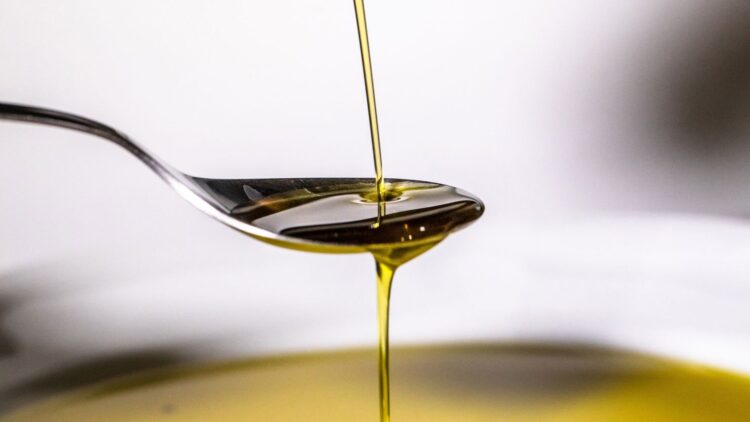
Extra virgin olive oil is subject to rigorous quality standards. Criteria include acidity levels, which must be below 0.8%, and sensory evaluations assessing flavor and aroma. Certifications by bodies such as the International Olive Council validate adherence to these standards, offering assurance to consumers. Recognizing certification labels is vital for those seeking authenticity and quality in their selections.
Conclusion: Enjoying Extra Virgin Olive Oil
Tracing the path from grove to bottle highlights the meticulous care involved in producing extra virgin olive oil. Each step, from cultivation to certification, is a chapter in a story of tradition, innovation, and craftsmanship. As consumers, appreciating this complexity enriches our culinary experiences. Whether used in cooking, as a base for dressings, or simply drizzled over dishes, it adds a touch of elegance and flavor, inviting us to savor the essence of the olive tree’s bounty.
 Hi Boox Popular Magazine 2024
Hi Boox Popular Magazine 2024
